10 Ways Creative Projects Make You Love Learning Design

Creative projects are not just about bringing visions to life; they are gateways to mastering the art of design. For many aspiring and professional designers, these projects serve as a dynamic classroom without walls, where every task teaches a new skill or refines an old one. Whether it's through tackling a challenging brief, collaborating with diverse teams, or exploring innovative design tools, creative projects make the journey of learning design engaging and enjoyable. This enthusiasm for continuous improvement is what keeps the flame of creativity burning bright.
In this article, we will explore ten compelling ways that creative projects can transform your approach to learning design, making it a lifelong passion rather than just a professional requirement. Each point will delve into how these hands-on experiences not only enhance technical skills but also foster a deeper appreciation for the creative process, ultimately making you fall in love with learning all aspects of design.
Encourages Experimentation
Delving into creative projects is a fundamental way to stimulate experimentation, a cornerstone in the realm of learning design. These projects provide a safe space for designers to test boundaries and explore a variety of techniques without the fear of real-world repercussions. Experimentation is vital as it allows designers to discover and refine their unique styles and preferences. Whether it's experimenting with different color palettes, typography, or layout structures, each project offers a new set of variables to play with.
This process is crucial for personal growth and innovation in design, as it pushes the boundaries of what is possible and what can be improved. Moreover, the act of trying new approaches and solutions fosters a mindset of innovation and creativity, which are key attributes in the design industry. Through experimentation, designers learn to navigate through successes and failures, gaining invaluable insights that enhance their capabilities and deepen their love for design as an ever-evolving field.
Enhances Problem-Solving Skills
Creative projects are inherently problem-centric, necessitating designers to hone their problem-solving skills continuously. Each project presents unique challenges that require bespoke solutions, making problem-solving an essential part of the design process. Whether it's overcoming layout issues, achieving visual balance, or meeting client specifications, designers must think critically and creatively to resolve these problems. This aspect of design not only improves their technical skills but also enhances their ability to think on their feet and adapt to changing scenarios.
Moreover, the satisfaction derived from overcoming these challenges can be immensely gratifying, reinforcing a designer's love for learning. As designers tackle more projects, their repertoire of problem-solving techniques expands, preparing them for more complex tasks. This skill is not only valuable in personal projects but also highly sought after in professional settings, where effective problem-solving can lead to better designs and more satisfied clients. Thus, engaging in creative projects is an excellent way to cultivate a robust problem-solving toolkit, making learning an exciting and rewarding experience.
Builds Confidence
Creative projects are pivotal in building confidence through mastery, especially in the design field. As designers delve into various projects, they acquire and refine a spectrum of skills, from basic design principles to complex digital tools. This iterative process of learning, applying, and mastering design techniques is crucial for professional growth. With each project, designers face challenges that test their skills and push their creative limits.
Successfully navigating these challenges not only improves their technical abilities but also boosts their confidence. This enhanced self-assurance stems from repeated proof of their capabilities and the visible improvement in their work. Moreover, the mastery of diverse design aspects allows designers to take on more significant and challenging projects with greater assurance.
This confidence is not just about believing in one's skills but also about the comfort and ease with handling any design task. It encourages designers to express their ideas more freely and assertively, knowing they have the expertise to back up their creative choices.

Foster a Growth Mindset
Creative projects are instrumental in fostering a growth mindset among designers, an approach that views challenges as opportunities to improve and learn. This mindset is critical in the design field, where trends and technologies evolve rapidly. Engaging in creative projects encourages designers to experiment and take risks, pushing the boundaries of their current abilities and inviting constructive feedback.
This process of trial, error, and iteration is foundational to developing resilience and adaptability—qualities that define a growth mindset. By continuously learning from successes and setbacks, designers can enhance their skills and broaden their understanding of design principles. A growth mindset also motivates designers to seek out new learning opportunities and collaborations that can expand their perspectives and skills.
Explore Boundless Creativity
Creative projects offer an unparalleled opportunity to explore boundless creativity, pushing the limits of conventional design and fostering a broad spectrum of artistic expression. These projects serve as a canvas for designers to experiment with different styles, techniques, and materials, each choice leading to new insights and inspirations. This exploration is crucial for the learning process in design, as it allows designers to step out of their comfort zones and challenge their usual ways of thinking.
By tackling projects that vary in scope and complexity, designers can discover unique combinations and solutions that might not have emerged through more routine or standardized tasks. The freedom to innovate within creative projects encourages a deeper engagement with the creative process, making each project not just a task to be completed, but a journey of artistic discovery.
This constant push for creativity is essential in maintaining a dynamic and evolving design practice that adapts to changing aesthetic sensibilities and technological advancements. Moreover, the exploration of creativity in design projects can lead to breakthroughs that define a designer's career, highlighting the importance of creative projects in professional and personal development within the design industry.
Discover Personal Style
Creative projects are instrumental in helping designers discover and refine their personal style—a signature blend of preferences, influences, and innovations that distinguish their work in the competitive field of design. This discovery process is deeply personal and evolves with each project undertaken. As designers experiment with various design elements and techniques, they gradually learn what resonates with their aesthetic and what does not.
This exploration is vital, as developing a personal style requires a clear understanding of one's strengths and weaknesses, as well as a deep connection to the creative process. Creative projects provide a platform for this exploration by offering the freedom to test new ideas without the constraints of strict client specifications or rigid project guidelines. This autonomy encourages designers to push boundaries and explore new mediums, which can lead to a more authentic and cohesive personal style.
As designers gain more experience, their style becomes more pronounced, making their work instantly recognizable. This not only enhances their marketability but also contributes to their professional identity. Discovering and honing a personal style through creative projects is thus a fundamental aspect of learning design, as it empowers designers to create work that truly reflects their unique vision and creative voice.
Teaches Time Management
Creative projects are a practical arena for designers to enhance their time management skills, an essential component of learning design. Managing time efficiently is crucial in meeting project deadlines and balancing multiple tasks effectively. Creative projects often come with fixed timelines, within which designers must conceptualize, create, and refine their work. This requirement teaches them to prioritize tasks, set realistic goals, and develop a workflow that maximizes productivity while maintaining creative quality.
By repeatedly navigating these challenges, designers learn to estimate the time needed for various design phases more accurately, which is crucial for professional growth. Additionally, effective time management in creative projects helps prevent burnout, a common issue in creative professions, by ensuring that designers allocate time for rest and rejuvenation.

Build a Versatile Portfolio
Creative projects play a critical role in building a versatile portfolio, a key asset for any designer committed to a successful career in design. Engaging in diverse creative projects allows designers to showcase a wide range of skills, styles, and solutions, demonstrating their adaptability and breadth of experience to potential clients or employers. Each project adds a unique piece to their portfolio, enriching it with varied examples of their work that highlight different aspects of their design capabilities.
This versatility is important not only for attracting a broad clientele but also for exploring different areas of design, from digital graphics to print and interactive media. By displaying a comprehensive portfolio, designers can effectively communicate their proficiency in multiple design disciplines, increasing their marketability and opportunities for career advancement.
Cultivates Patience and Persistence
Patience and persistence are crucial traits that are nurtured through engaging in creative projects, integral to the learning design process. Design is often a test of endurance where multiple revisions and iterations are common before reaching the final outcome. This process teaches designers the value of patience as they wait to see their ideas come to fruition. It also builds persistence, encouraging them to keep improving despite setbacks or frustrations. For instance, mastering a new design software or technique can be challenging and time-consuming, yet the continuous effort leads to profound skill development and personal growth.
This journey of gradual improvement and the repeated practice required by creative projects helps designers develop a resilient mindset. The ability to push through difficulties and not give up easily is invaluable, not just in personal projects but also in professional life where complex problems require sustained effort to solve. Therefore, creative projects do more than just build design skills—they forge the character and grit needed to succeed in the design industry.
Sparks Joy and Passion
Engaging in creative projects is a powerful way to ignite joy and passion in the field of learning design. These projects allow designers to express themselves, explore their creativity, and see their visions take shape, which can be incredibly fulfilling. The freedom to create something from nothing provides a unique sense of accomplishment and pride that fuels a deeper love for design. This joy in the process and satisfaction with the results make learning feel less like a chore and more like a passionate pursuit. Moreover, the excitement of bringing an idea to life and the creative exploration involved keep the learning process dynamic and enjoyable.
Whether it's designing a new logo, creating a website, or developing a brand identity, each project adds a layer of enthusiasm and engagement, making designers eager to learn more and improve their craft. Thus, through creative projects, designers not only enhance their skills but also cultivate a lifelong passion for design, making every project an opportunity to learn and love the process.
Conclusion
Creative projects are not just assignments; they are the pillars that support and enrich the journey of learning design. By fostering experimentation, enhancing problem-solving skills, and cultivating both patience and passion, these projects shape designers into more capable and inspired creators. Each project serves as a stepping stone to not only build technical skills but also to develop a lasting love for the craft. Whether you are a novice or a seasoned professional, engaging in creative projects ensures that your learning process remains a dynamic, fulfilling adventure in the world of design.
Let Us Know What You Think!
Every information you read here are written and curated by Kreafolk's team, carefully pieced together with our creative community in mind. Did you enjoy our contents? Leave a comment below and share your thoughts. Cheers to more creative articles and inspirations!

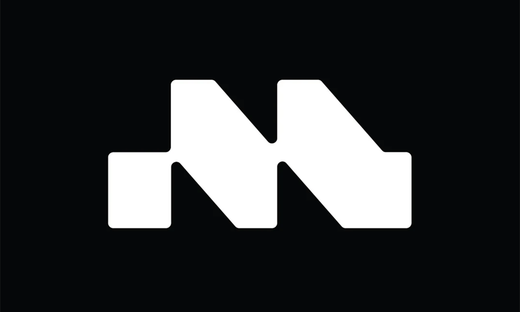
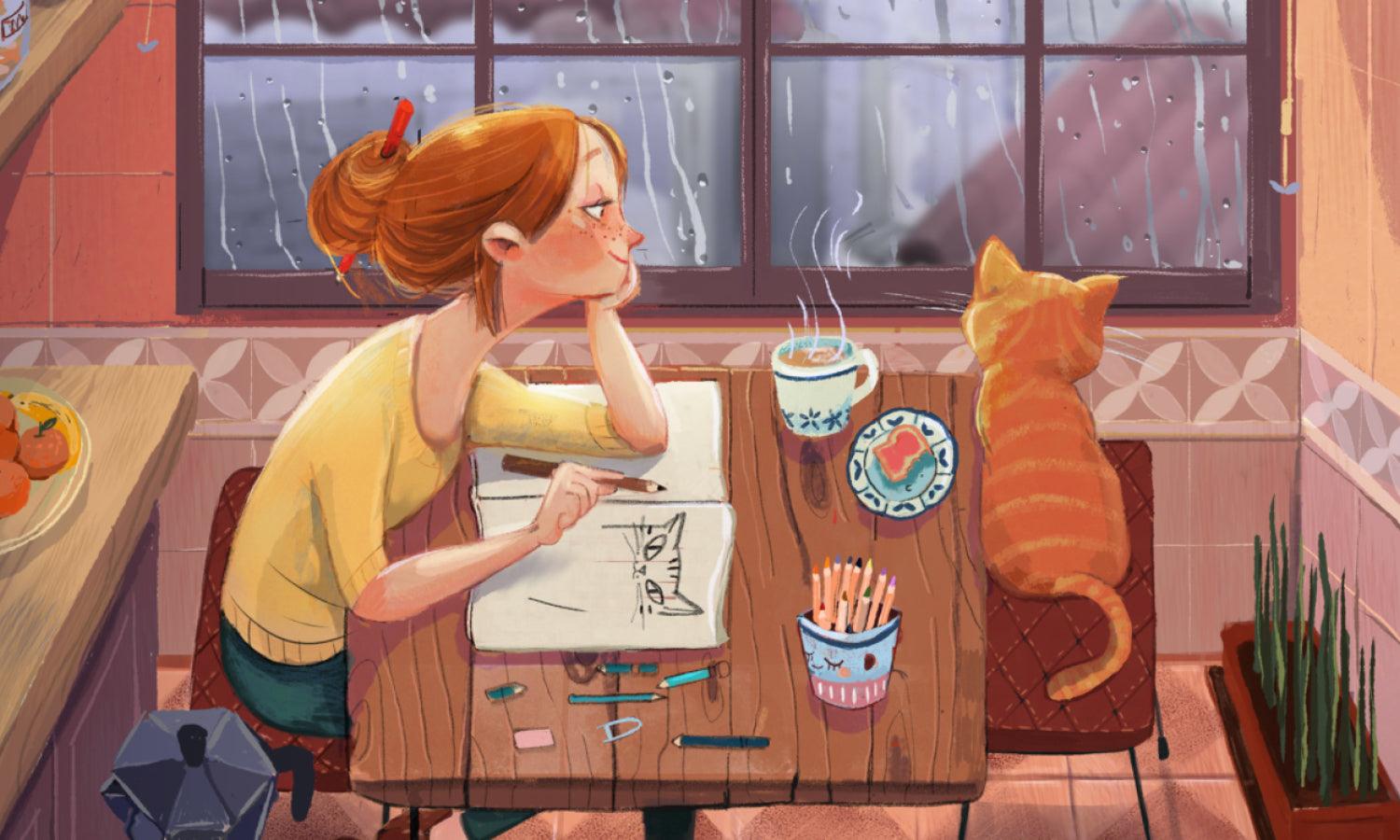


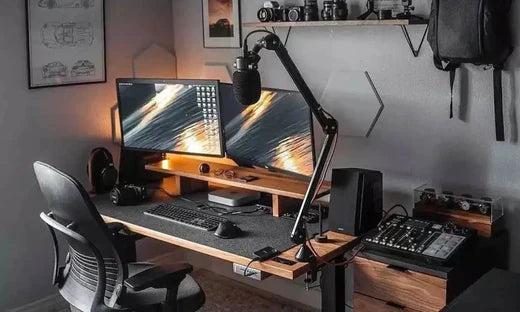

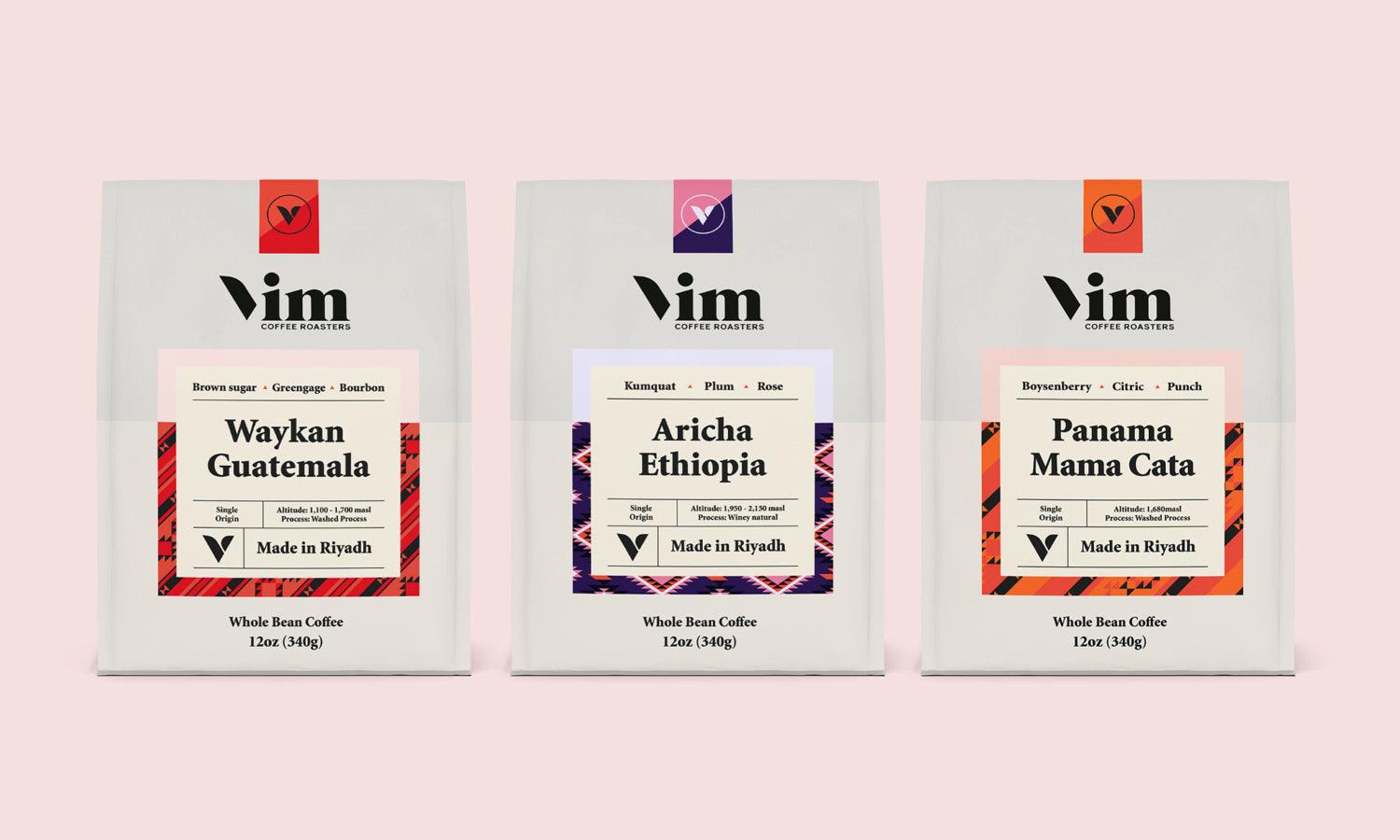
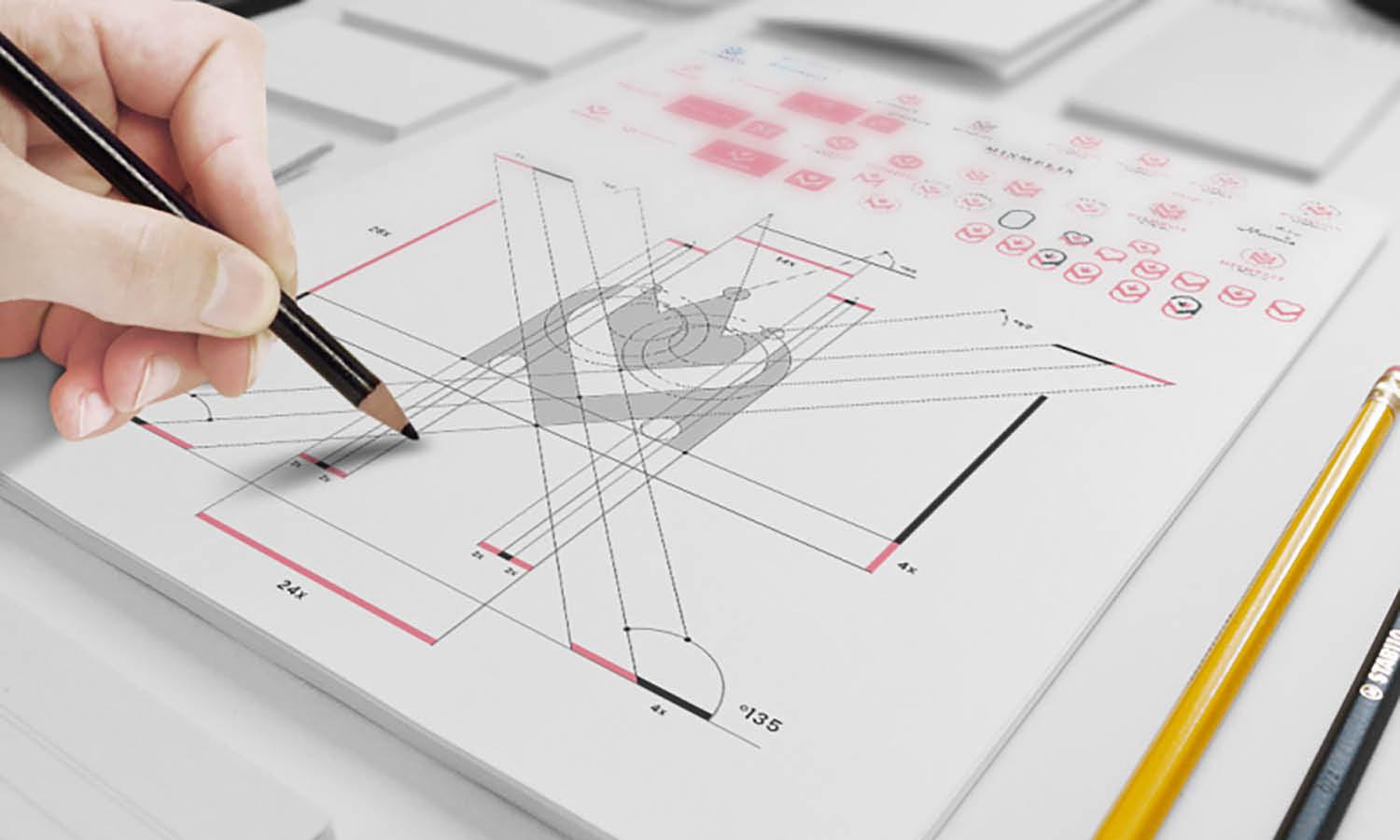
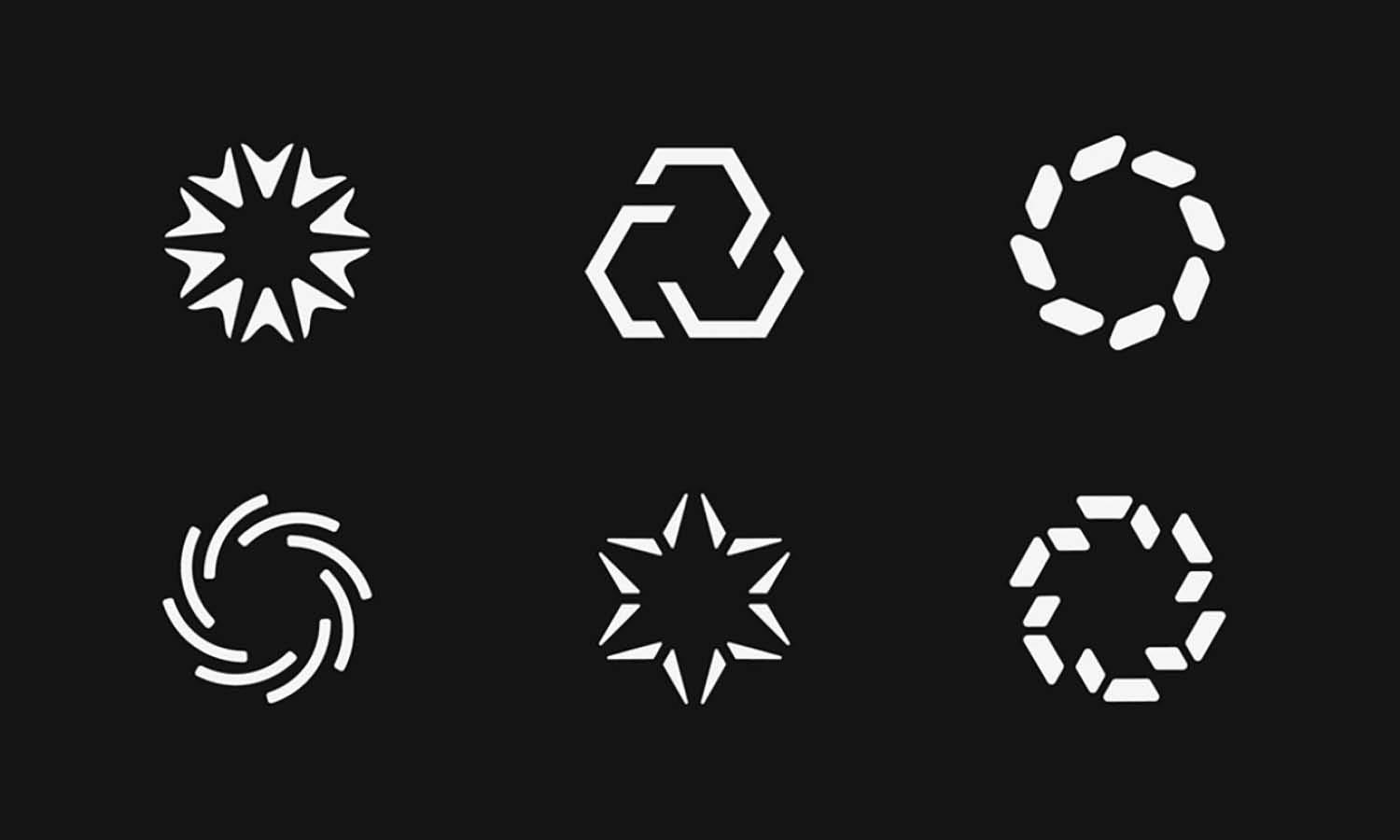






Leave a Comment